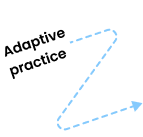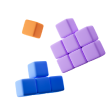

AVAILABLE FOR




Over 1.6 million
MINUTES
practiced in last 3 months
Over 7.1 million
QUESTIONS
answered in last 3 months
Over 1 million
STUDENTS
impacted till date
Math Buddy Advantages

Hands-on and Interactive Learning
With over 1,300 engaging activities for grades 1 to 10, Math Buddy makes learning math fun and interactive, helping children build a strong foundation in mathematics
AI-Powered Personalized Practice
Our adaptive, gamified environment ensures students master every topic with AI-driven practice tailored to their needs.

Develop Mental Math Skills
Sharpen your speed and accuracy in mental math by competing against the clock, fostering quick thinking and problem-solving skills.

Curriculum
Alignment
Math Buddy is aligned with all major curricula, ensuring that learning and teaching are effective and straightforward.

Engaging Rewards System
Make learning even more exciting with games, coins, and virtual badges that reward progress and encourage consistent practice.

Hands-on and Interactive Learning
With over 1,300 engaging activities for grades 1 to 10, Math Buddy makes learning math fun and interactive, helping children build a strong foundation in mathematics
AI-Powered Personalized Practice
Our adaptive, gamified environment ensures students master every topic with AI-driven practice tailored to their needs.

Develop Mental Math Skills
Sharpen your speed and accuracy in mental math by competing against the clock, fostering quick thinking and problem-solving skills.

Curriculum
Alignment
Math Buddy is aligned with all major curricula, ensuring that learning and teaching are effective and straightforward.

Engaging Rewards System
Make learning even more exciting with games, coins, and virtual badges that reward progress and encourage consistent practice.
How does your child benefit?

Achieve Conceptual Clarity
Build a deep understanding of mathematical concepts, laying a solid foundation for future learning

Master Problem-Solving
Enhance your child's ability to tackle a wide range of math problems with confidence and precision

Strengthen Mathematical & Logical Reasoning
Develop critical thinking skills that extend beyond math, helping in other academic areas

Increase Calculation Speed
Improve the speed & accuracy of mathematical calculations, making your child more efficient in problem-solving

Cultivate Higher-Order Thinking Skills
Foster advanced thinking abilities that encourage creativity, analysis, and application of knowledge.
Our offerings







Home Subscription
Personalized AI driven platform for learning and mastering math concepts









Live Online Classes
Master math concepts and problem solving skills with expert teachers online





